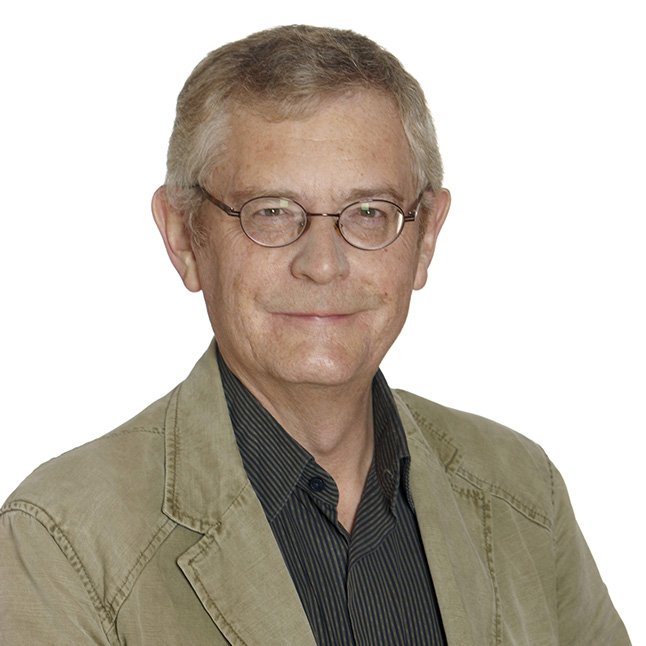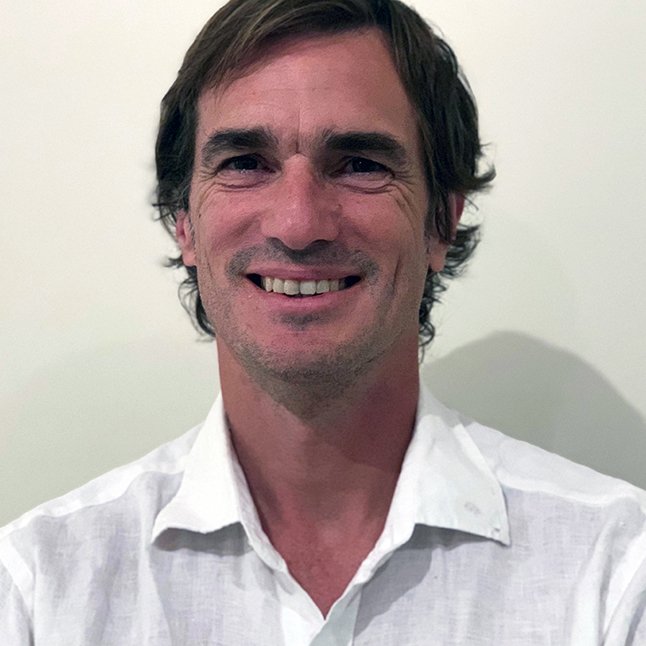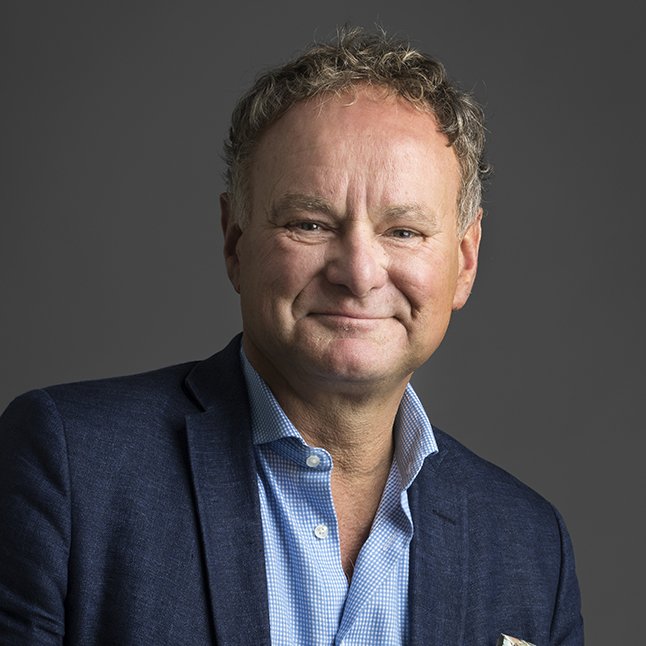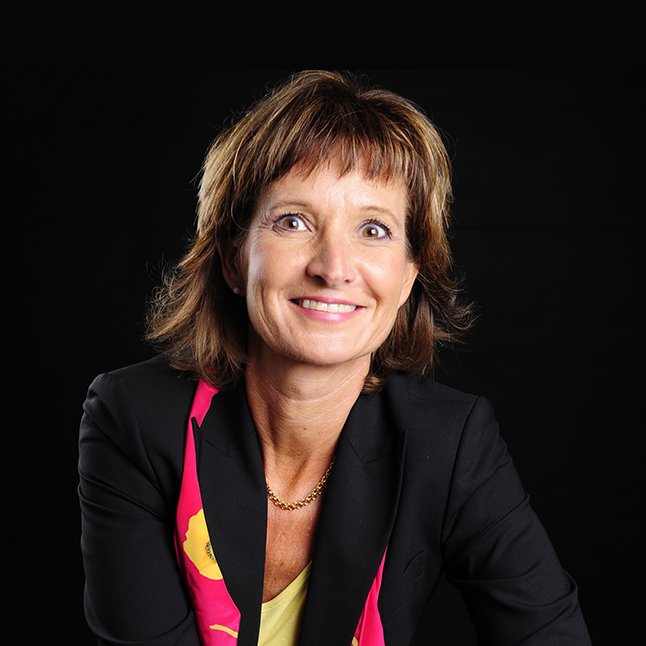Leif Groop. Professor of endocrinology at Lund University and chief physician at Malmö General Hospital, now Skåne University Hospital, the years 1993 – 2018.
Groop is an internationally renowned diabetes researcher working at the Wallenberg Laboratory in Malmö.
After retirement, he has continued as a senior professor on a part-time basis.
The yearbook portrays the most prominent medical researchers at Lund University from the 19th century onwards. Leif Groop is one of them. The book praises him as a pioneering genetic researcher in one of the world’s fastest growing diseases, diabetes.
In his research, he has found that T2D, which has long been seen as a disease, is actually five different disease groups.
From Närpes to Lund
Leif Groop was born in 1947 in Närpes, Finnish Ostrobothnia. At the age of six, the family moved to Korsholm near the city of Vaasa. Already as a 17-year-old, Leif Groop began studying medicine at the University of Bern in Switzerland. There, through Marco Mumenthaler, an extremely inspiring professor of neurology, he became interested in research, something that led to a Swiss dissertation, “Gibt es einen Morbus Baastrup?” The answer was a resounding no, something that pleased Mumenthaler.
Back in the home municipality of Närpes, now as a doctor and responsible for the health center, he soon discovered that diabetes care was substandard, not only in Närpes; it was bad all over the world.
With the help of a scholarship, he was able to make a study visit to the research station Dalby near Lund in Sweden, where diabetes research model self-care took place. Back in Närpes, Groop, together with Finland’s first diabetes nurse, developed and introduced the so-called Närpes model, the first step towards today’s self-care.
Helsingfors
Leif Groop had originally intended to remain loyal to Närpes, but during a meeting in Jakobstad he met Risko Pelkonen, one of Finland’s foremost diabetes experts, now with the honorary title of archiatrist. This drew Leif Groop’s attention to the fact that Helsinki and the University Hospital could be an alternative to Närpes. The following week, Groop received an offer of a position at the 3rd medical clinic at the university hospital, the clinic that cared for diabetic patients.
He accepted and found that the move opened the doors to a more comprehensive work on diabetes. In addition to clinical diabetes care, Groop also managed to present a new dissertation Heterogeneity of type 2 diabetes under the supervision of Pelkonen.
The most important contribution of the dissertation was the description of the subgroup that Groop called LADA, Latent Autoimmune Diabetes in Adults. LADA is today an established concept, after initially meeting great resistance.
Yale University, USA
As the initiator and first chairman of the Finnish Diabetes Society, the Finnish Diabetes Research Society, Leif Groop felt that it was time for a postdoc stay. It took place with Professor Ralph DeFronzo at Yale University, New Haven, USA. The knowledge he acquired there suited him perfectly for his later genetic research on factors that control our metabolism.
Botnia-studien
In 1990, Leif Groop started the so-called Botnia study, which included over 20,000 people from families with T2D. The study, which was probably the largest in the T2D family survey in the world, was intended to study whether family members with T2D already showed metabolic disorders. This is where the connection to genetics started.
A key figure in genetic research Eric Lanner in Boston, who heard about the Botnia study, went to Finland at short notice to speak with Leif Groop. That meeting was the starting point for a 30-year successful collaboration. Lander, who was US President Barack Obama’s medical adviser, became an honorary doctor at Lund University in 2007.
Lund
Leif Groop was at this time a world name in genetic diabetes research, elected to an international group of advisers with leading representatives in diabetes research, including Arne Melander, professor of pharmacology at Lund University. Melander informed Groop that a professorship in endocrinology was available to apply. Groop applied for and received the position in 1993.
ANDIS, All New Diabetics in Scania
Leif Groop has published over 800 works, together quoted more than 70,400 times. He himself experiences ANDIS (All New Diabetics in Scania), which he initiated in 2007, as probably his most important study.
“It includes 20,000 well-characterized patients with newly onset T2D. Groop argues that his perhaps foremost publication is Novel sub-groups of adult onset diabetes, and their association with outcomes: a data-driven, cluster analysis of six variables.” (DOI: 10.1016 / S2213-8587 (18) 30051-2).
It is based on the Andis study and shows that T2D is not a uniform disease but consists of five different disease groups.
The study has 2018 – 2020 already been cited 345 times and was ranked as top 0.1% in 2018 when it was published.
Prizes and awards
Leif Groop has made the world look at T2D in a completely new – and nuanced way. His research is unique in that it is based on families. His efforts have led to a better understanding of, and better treatment of, the various T2D groups.
The list of honorary assignments, prizes and awards is long and includes, among other things, election as a member of the Royal Swedish Academy of Sciences.
After retiring, Leif Groop has moved back to Finland. In addition to his many assignments, Groop gets time to devote to his hobby, angling around the summer place in Närpes.
COB















































